A key piece of our Condition of Education in the Commonwealth report, the Action Guide provides research-informed recommendations for statewide actions—policies, investments, and expansion of best practices—that have potential to address performance gaps and contribute to broad improvement in student outcomes. In our last two Condition of Education Action Guides, we called on the Commonwealth to consider education more holistically, noting that schools should not—and cannot— work in isolation and that each child’s education encompasses more than academic learning.
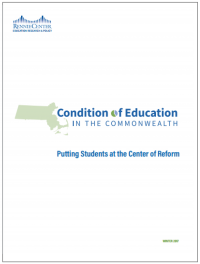 2017 Action Guide: Putting Students at the Center of Reform
2017 Action Guide: Putting Students at the Center of Reform
This year’s report offers a series of policy and practice changes to support a student-centered approach to education. Student-Centered Learning (SCL) is any instructional approach that begins with the needs and interests of the individual learner and engages students as drivers of their own learning. SCL fosters motivation and self-efficacy, which research links to improved achievement. Students get targeted support in areas where they struggle and accelerate where they demonstrate mastery, allowing educators to focus limited time and resources where they can have the greatest impact.
Key Indicators
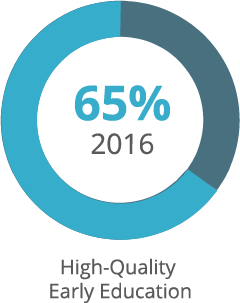
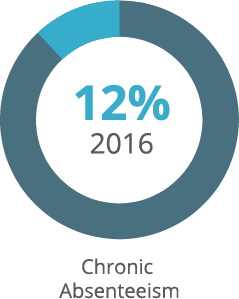
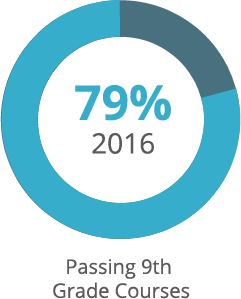
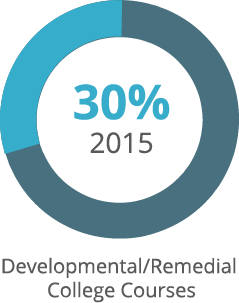
Student-centered learning presents an opportunity to make progress against the large and persistent gaps in learning. A high-quality early education is often characterized by personalized and individualized approaches; access to quality early education translates to a solid foundation for academic and social-emotional development. Chronic absenteeism is often considered a proxy for student engagement; student-centered approaches has been documented to promote student engagement, a key ingredient in fostering student success. As students enter high school and tackle rigorous academic content in 9th grade, differentiated and personalized approaches become even more important in light of students meeting critical academic milestones. Nearly a third of the Commonwealth’s public high school graduates require developmental coursework once they enroll in public higher education institutions; a more student-centered system would offer varied, engaging pathways to meet postsecondary goals.
Key Ingredients for Student-Centered Approach
Policy Recommendations
District
Align resources with student-centered approaches; enhance opportunities to reflect on the effectiveness of existing approaches, and maximize personalization by aligning resources to student needs.
Cultivate a portfolio of partners; establish student-centered options with partners, who can increase the supply of expanded learning and offers students more ways to learn and earn credit towards graduation.
Create more flexibility and autonomy for schools; expand multi-age groupings, and similar school structures with flexibility to tinker with staff configurations, and autonomy from district guidelines and budget practices.
State
Create a public-private fund to seed innovation; support the development, implementation, and refinement of new student-centered models.
Develop a catalogue of effective models; create a bank of student-centered learning models helping schools and districts decide on programs/providers best suited to the local need.
Modify teacher evaluation frameworks; establish multiple, flexible measures of educator performance to capture teachers’ new roles as facilitator of student learning.
